
 Read below how sales and delivery automation technology can affect and further increase customer loyalty.
Read below how sales and delivery automation technology can affect and further increase customer loyalty.


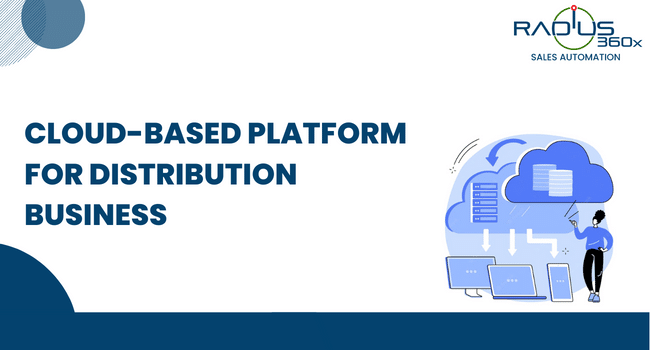
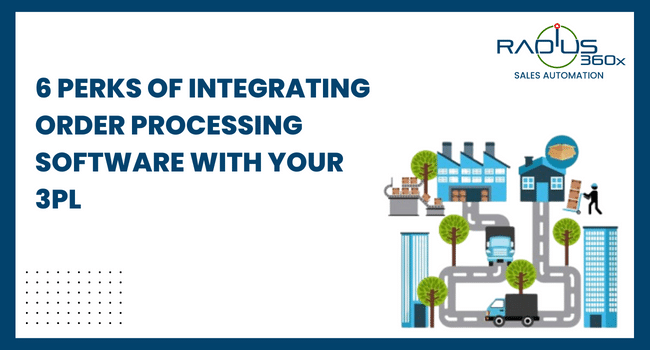

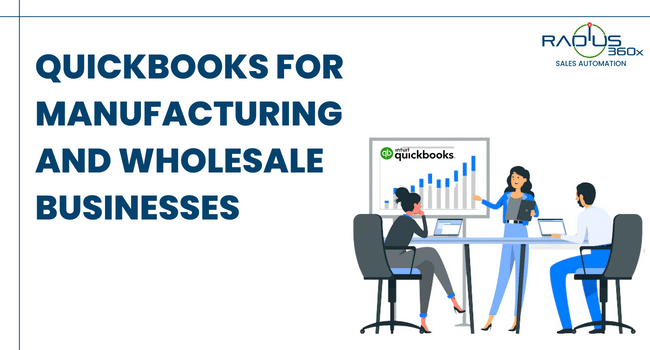

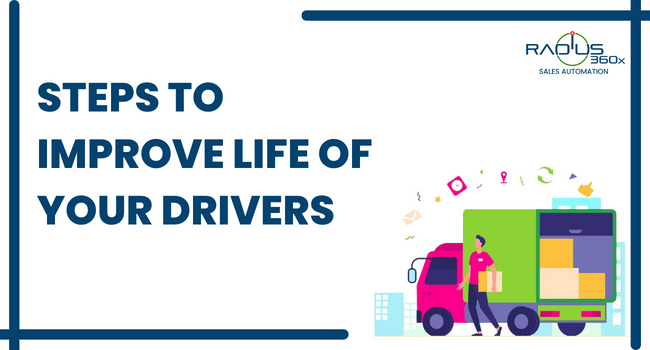
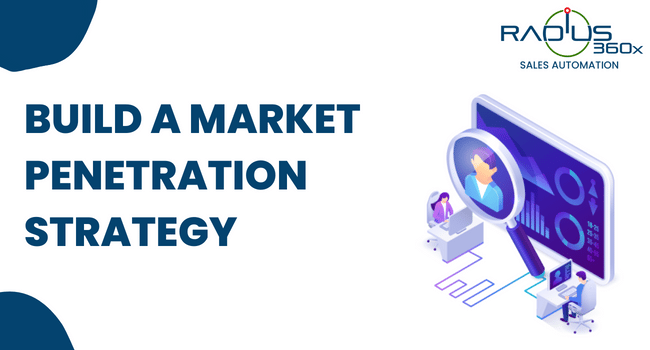

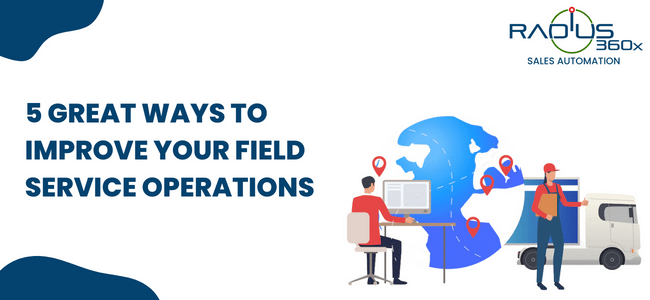

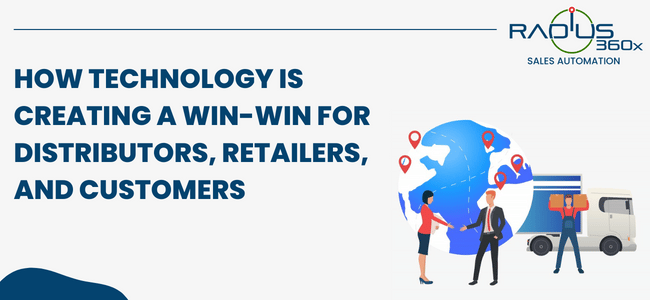
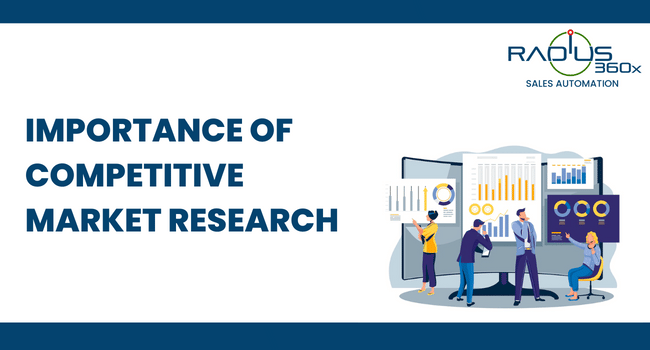
 Some questions that you can find answers to are:
Some questions that you can find answers to are:
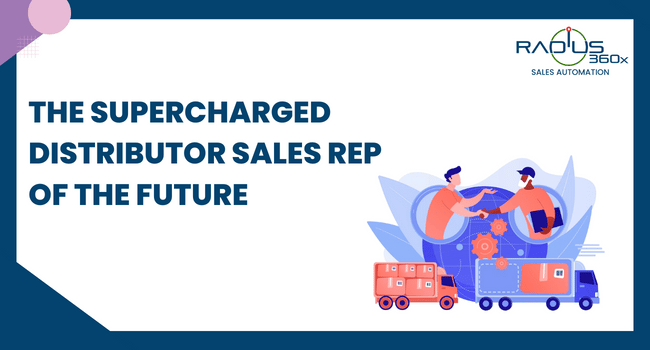
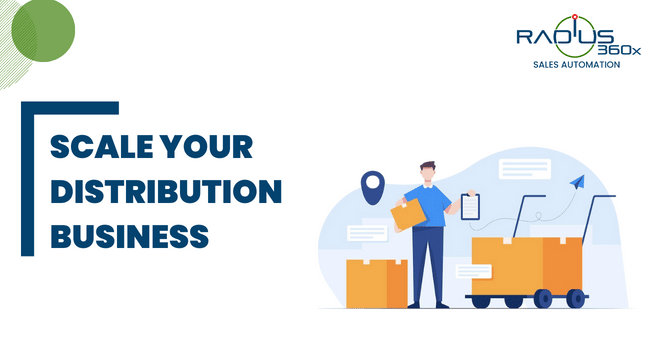

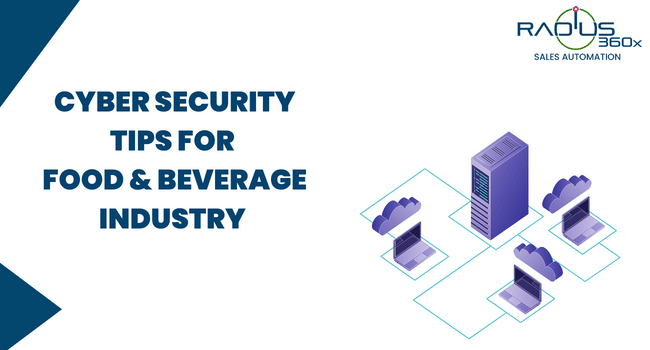
 Once an attack happens, your incident response team must retrieve all evidence of the episode to determine how it happened. Doing this practice will allow you to protect yourself from a similar situation in the future. Additionally, you'll be able to provide evidence if the cyber attack goes into the hands of the authorities.
A cyber attack may cause your business losses that could have been avoided by taking the proper steps. Don't wait for a cyber attack to take the necessary security actions. Make cyber security a priority and protect your system and data. Cyber risk is a business risk and its needs to be taken seriously. Make sure that you have taken proper security measures. You can also make a checklist of standards to meet while checking your cyber security and take help from third-party cyber security auditors, they can periodically check your system for loopholes.
The food and beverage industry is one such industry where cyber security cannot be compromised. We need to make sure that the systems are protected from unauthorized intervention and that all changes in the system are closely monitored. Cyber attacks can easily cause damages up to millions of dollars so it's better to take precaution rather than regretting later. Also, the cost required to invest in cyber security is nothing when compared to the loss a cyber attack may cause to the business. Let’s stay cyber secure.
-by Nivedita Verma
Once an attack happens, your incident response team must retrieve all evidence of the episode to determine how it happened. Doing this practice will allow you to protect yourself from a similar situation in the future. Additionally, you'll be able to provide evidence if the cyber attack goes into the hands of the authorities.
A cyber attack may cause your business losses that could have been avoided by taking the proper steps. Don't wait for a cyber attack to take the necessary security actions. Make cyber security a priority and protect your system and data. Cyber risk is a business risk and its needs to be taken seriously. Make sure that you have taken proper security measures. You can also make a checklist of standards to meet while checking your cyber security and take help from third-party cyber security auditors, they can periodically check your system for loopholes.
The food and beverage industry is one such industry where cyber security cannot be compromised. We need to make sure that the systems are protected from unauthorized intervention and that all changes in the system are closely monitored. Cyber attacks can easily cause damages up to millions of dollars so it's better to take precaution rather than regretting later. Also, the cost required to invest in cyber security is nothing when compared to the loss a cyber attack may cause to the business. Let’s stay cyber secure.
-by Nivedita Verma 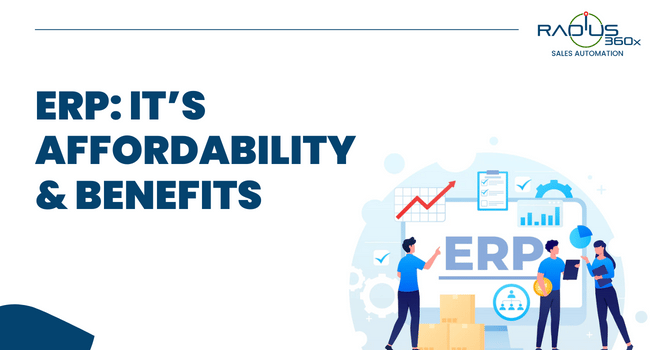

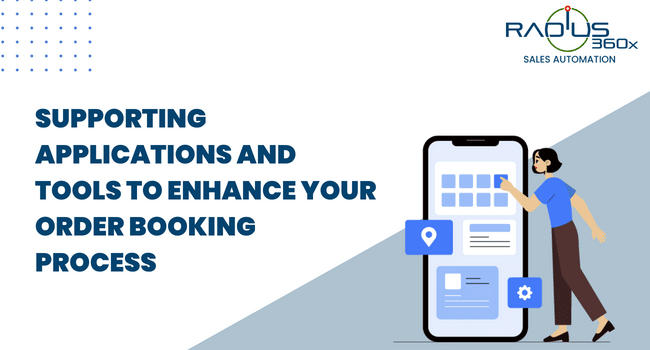

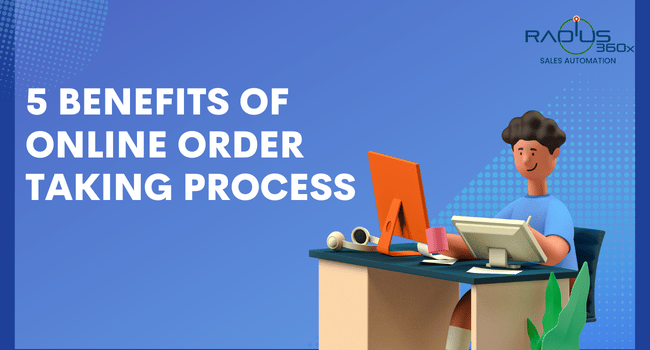
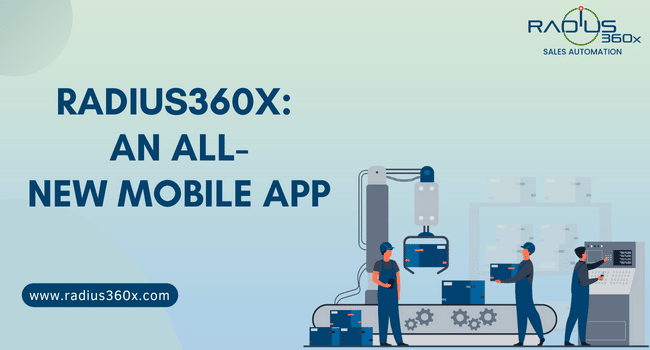

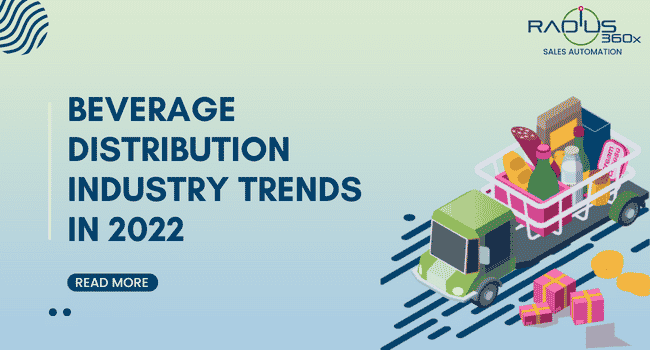

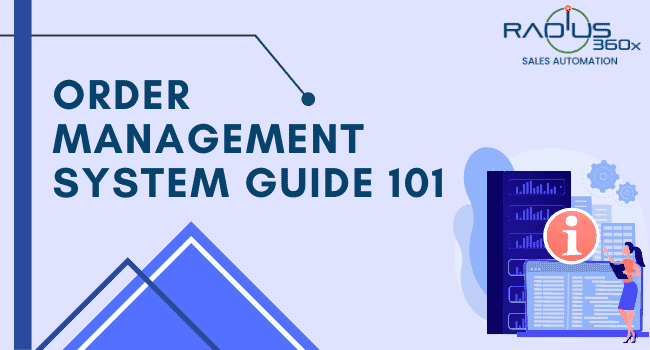

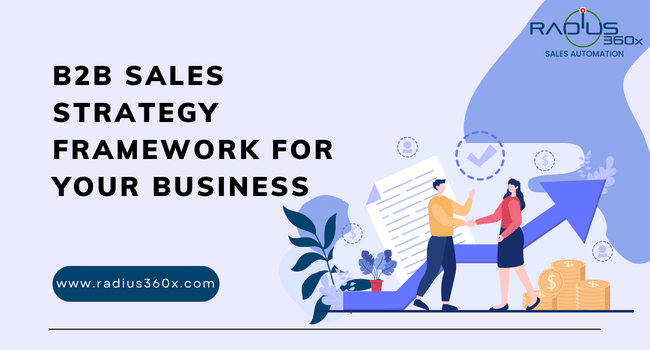

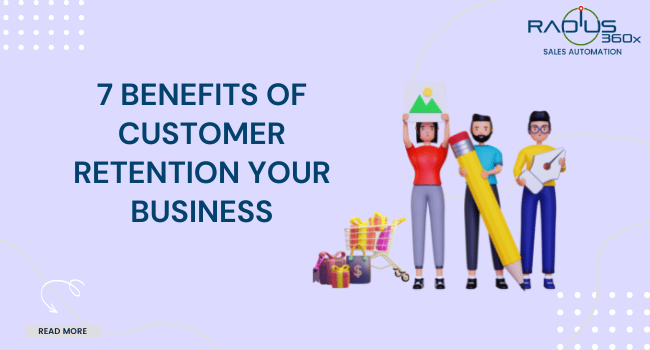

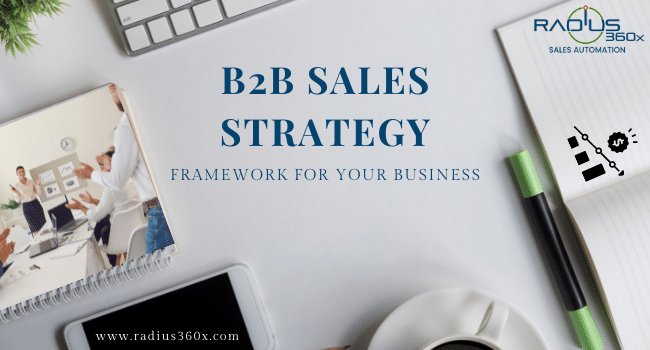





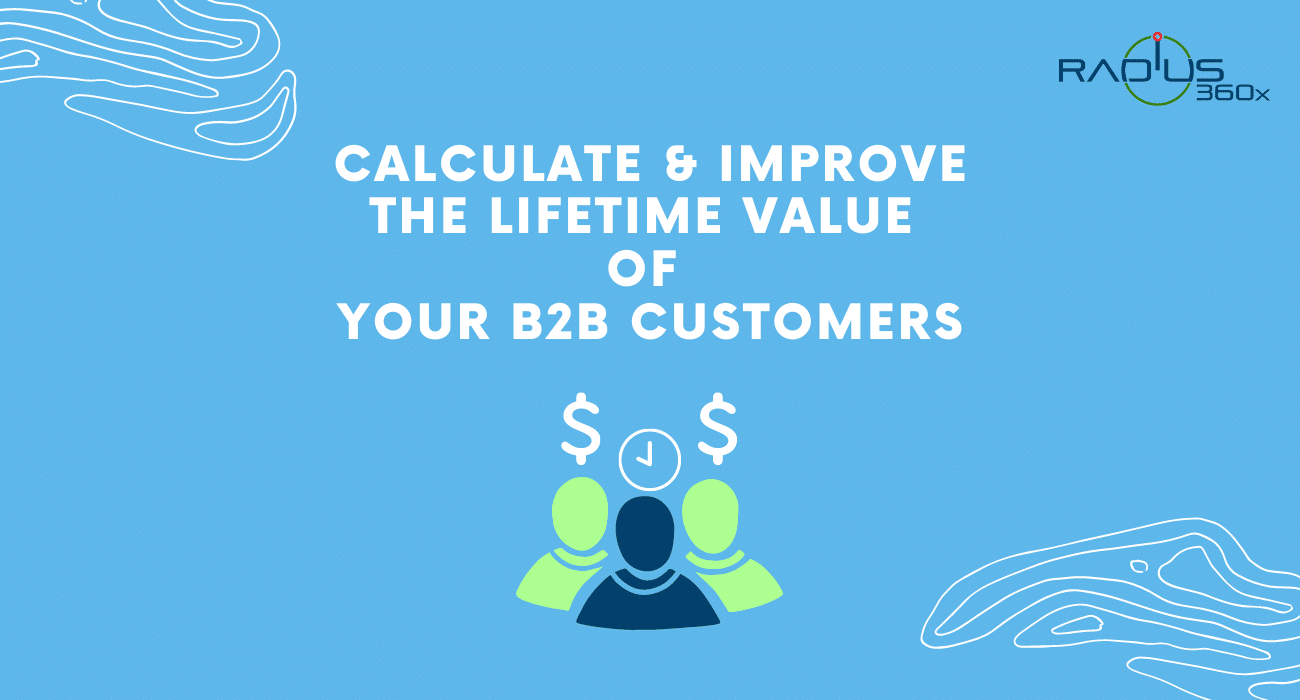








By Nivedita Verma for Radius360x
According to Statista, the SaaS industry will grow to acquire a market share of $157 billion by the end of 2021. This industry has seen rapid growth and will continue to grow even more in the coming years.
SaaS applications don't need heavy hardware management. Their easy to install and use system is what makes SaaS products highly popular. It is known that 99% of businesses will be using one or more SaaS applications by the end of 2021.
SaaS products are changing how businesses work. They are leaving behind legacy systems and moving to more advanced solutions. SaaS applications have an edge as they provide upgraded, easy to access and customized features depending upon the software and service provider. They can be easily integrated with other applications as well leading to greater productivity.
SaaS adoption is on the rise. Companies are leaving behind legacy systems and integrating advanced SaaS products to automate, fasten and streamline their business activities. Keeping up with the SaaS trends can help you catch up with what’s going on in the industry. Advancing your SaaS products with the trends can help you deliver better services to your customers.
Now you know which Saas trends would see more growth in 2021. 78% of small businesses have already invested in a SaaS solution to better their business activities. The industry is only going to rise in the coming few years. Despite the size of organizations, they are embracing the SaaS model and moving towards modern solutions.
SaaS innovations have made it possible for enterprises to provide better services to the end-users. And as businesses grow the adoption of SaaS is only going to increase.
We at Radius360x work endlessly towards creating better solutions for businesses out there. Our Sales force automation, BI applications and other solutions help organizations to increase productivity and work in an efficient manner. Get a demo with us and see what works best for you.
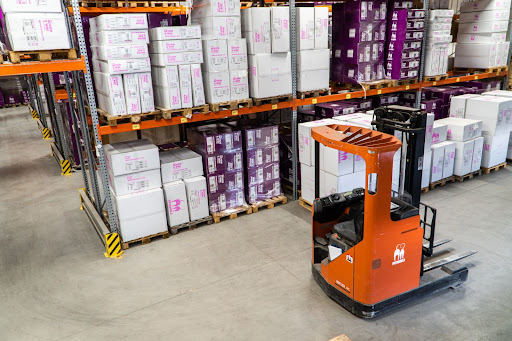

By Nivedita Verma for Radius360x
Order booking tool is an application that allows your customers to place orders to you through your sales rep. This can automate and streamline the order booking process. This tool is a shift from a traditional order-taking process to a smart technology-powered automated order booking system.
Selling goods/services is the core survival activity of any business. Processing the orders should go as smoothly as possible to keep the business moving in the right direction. Order Booking tools help you fasten the process to match the pace of your ever-growing workflow with your orders.
The traditional order booking process has a lot of disadvantages such as- manual errors while taking orders, communication gaps between the employees in the order processing chain, issues with inventory visibility, not being operational 24/7, etc., and these disadvantages can seriously harm your reputation in front of your customers eventually harming your revenue.
To overcome these obstacles, technology was incorporated in the order booking process to make automated order booking tools that help streamline the process, giving a satisfactional customer experience.
Below listed are some benefits of order booking tools:
Switching from traditional order booking to a technology-based order booking tool can help you get an edge over your competitors and leverage technology for increasing your sales. Help your sales team deliver better results for your company by investing in an order booking tool.
Our software- Radius360x is a sales automation and order booking tool which will benefit your business by saving time and costs, improving efficiency, and providing better customer service. Get a demo with us today to learn more about how we can help you.



Businesses that need to make multiple deliveries daily often face issues like traffic jams, delays in deliveries, roadblocks, etc. Poor planning of routes may lead to drivers taking longer to reach their destination and increasing costs for the business.
More so, driver salary and fuel expenses account for 59.8% of total expenses per mile. Fleet managers need to consider various factors like traffic, roadblocks, etc. while deciding the delivery routes.
Delivery route optimization is concerned with decreasing driving time. Many firms are unaware of its advantages. Below are 4 advantages of using Radius360x Delivery route planner.
1. Decreased time spent on planning routes and better warehouse managementYou can improve the performance of your business by reducing the time spent in planning delivery routes. Doing this manually results in a lot of time consumption.
Our application optimizes your delivery routes so your team can focus on other key areas of the business. The application also gives you real-time updates of your package in the warehouse.
2. More deliveries and collections per vehicleReduced delivery time will result in a higher number of per-day deliveries. Effective route planning helps avoid multiple vehicles using extra resources. Using our software can increase your productivity. Our tools help you select the best delivery route for your daily distribution. More deliveries mean more business.
3. Increased on-time arrival rateBy using a tool for optimizing your delivery route, you can save up to 35%-40% time in delivering your goods. This will give you much happier customers and increased customer satisfaction.
With our delivery route application that integrates Google Maps, the best routes can be created quickly. Arrival time can be shortened to maximum efficiency. The feature creates the shortest, most optimized route for your deliveries. Thus, they can be completed in time.
4. Lowered fuel costs.Less road time means less fuel. By spending less time driving, high savings in fuel consumption can be achieved. Our software, by giving the best multi-stop route options with minimal traffic and road time, helps you reduce your fuel expenses.
If you decide to just skip the whole process and begin deliveries without proper planning, a lot of vehicles might end up in the same neighborhood. This would be poor decision-making because it increases your costs. Additionally, it decreases your efficiency and reduces your profit. That is why several firms are using automated delivery software nowadays. It helps them achieve greater productivity and improve customer satisfaction.
For more information on the features of the Radius360x Delivery Route application, click here.

Business intelligence tools give businesses an advantage of analysing trends and strategizing better over their competitors. According to MicroStrategy 2020, 64% of users reported that BI data and analytics helped improve their efficiency and productivity. Business Intelligence tools formulate and provide you with insights from the data in the systems and assist in decision making.
Through BI Tools, businesses can make reliable decisions backed by data. Such tools can help enterprises meet challenges like global competition, narrowing margins, etc. Businesses can save hundreds of thousands of dollars by reducing the manual labour spent on collecting and reporting information.
Companies of all sizes need BI Tools in today’s age to keep up with the current trends, help in enhanced strategizing and compete effectively. Data analytics makes decision-making 5x faster for businesses according to Better Buys.
Here are 3 ways in which Radius360x’s Business Intelligence tool can benefit you:-
1. Improved sales forecasts & projectionsBI tools help you make data driven decisions which are precise and accurate. Radius360x assists you in formulating highly effective strategies based on data analysis. Sales representatives and managers have access to valuable business insights that can be studied through the data presented by our BI Tool.
Improved sales forecasts can be made regarding the products being bought most by customers, their patterns, quantities of the products available, sales trends, etc. It also helps enhance deals and negotiations and monitor the sales activities according to data analysis.
2. Quality and accurate dataBusiness Intelligence tools provide quality and accurate data, which manual reporting doesn’t. Manual reporting leaves room for errors and mistakes, which is highly unlikely in case of BI tools. Quality of data is the most important factor when making decisions regarding the enterprise’s functioning.
The Radius360x BI Tool also helps in visualizing important information in the form of graphs and tables for quicker analysis by a glance. Data driven decisions can be relied on for key decisions regarding the enterprise.
3. Identifying OpportunitiesCustomer behavior and their orders can be stored and accessed in one centralized repository, which helps to track and analyze customer and order information faster and more efficiently.
Radius360x gives you an edge over your competitors by providing ease in data presentation and analysis. Through reporting of functions like customer behavior and patterns, sales representatives and managers can identify new opportunities. They can generate leads by studying consumer data available and create new opportunities.